China 24V Worm Gear Motor Manufacturer Leader
When you’re navigating the terrain of efficient power transmission, the 24V Worm Gear Motor emerges as a steadfast companion across diverse industrial landscapes. In this guide crafted just for you, we’ll unravel the mysteries held by these motors, taking a deep dive into the intricacies of their worm gears. Together, we’ll explore the distinctions between single, double, and multi-start worm designs, shedding light on critical factors such as efficiency and backlash.
What Do You Know About 24V Worm Gear Motor’s Worm Gear?
As you embark on this journey, it’s essential to recognize that worm gears form the backbone of 24V Worm Gear Motor. They come with a unique set of advantages and limitations tailored to meet the demands of various applications. The advantages of 24v dc worm gear motor’s worm gear include high torque output, compact design, self-locking.
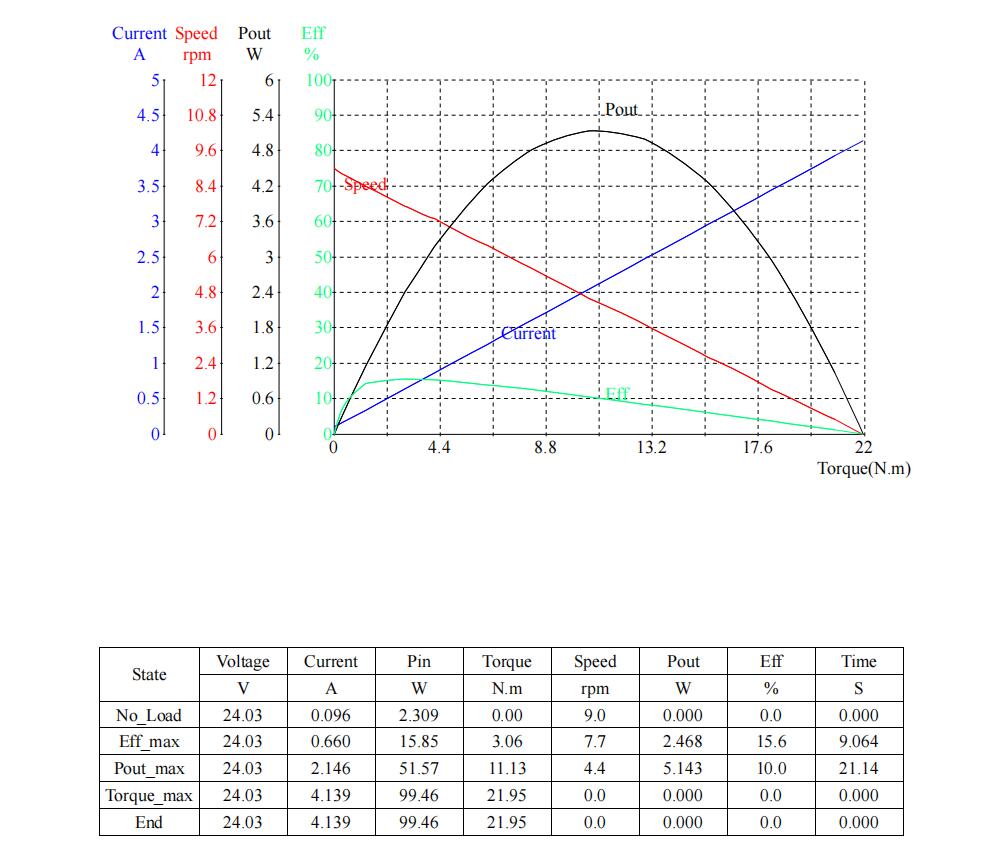
The hallmark of the 24V Worm Gear Motor lies in its exceptional torque output capabilities. This attribute positions it as a stalwart in applications dealing with substantial loads. Whether vending machine or coffee machine, the motor’s prowess in torque delivery is unparalleled.
The compact design is another great benefit of this piece of machinery. A combination of a screw and gear showcase a space-efficient structure. This feature makes 24V DC Worm Gear Motor the preferred choice for power transmission in confined spaces, where traditional gear systems might struggle to fit. The 24V DC Worm Gear Motor, with its compact design, is a testament to efficiency in spatial utilization.
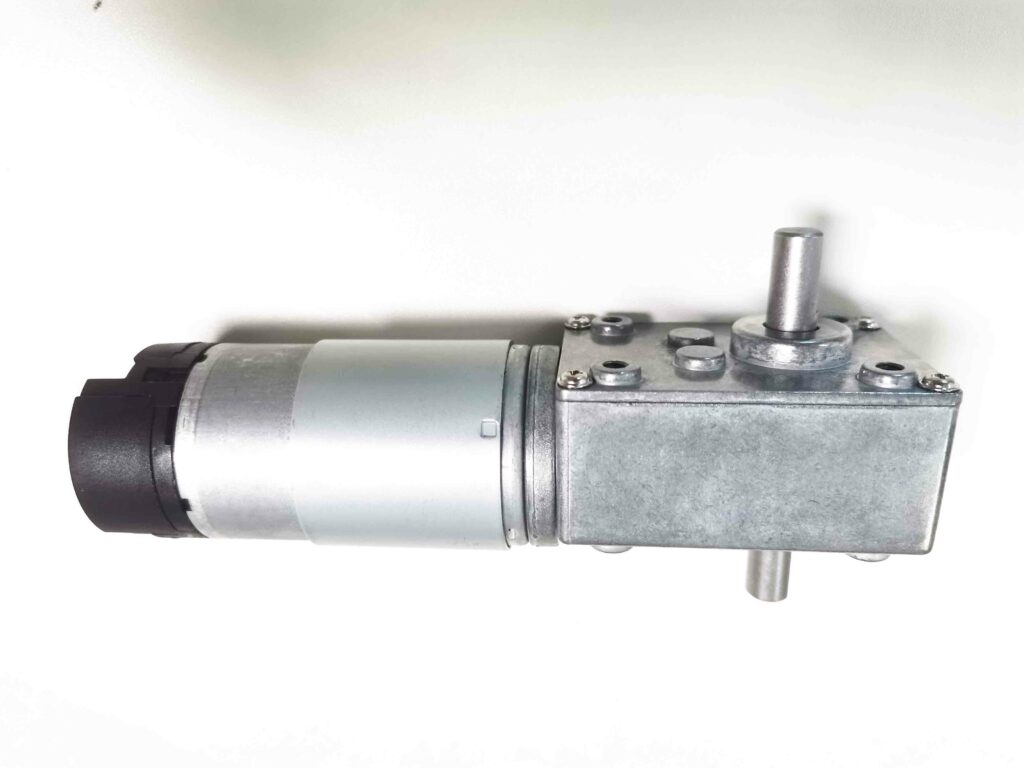
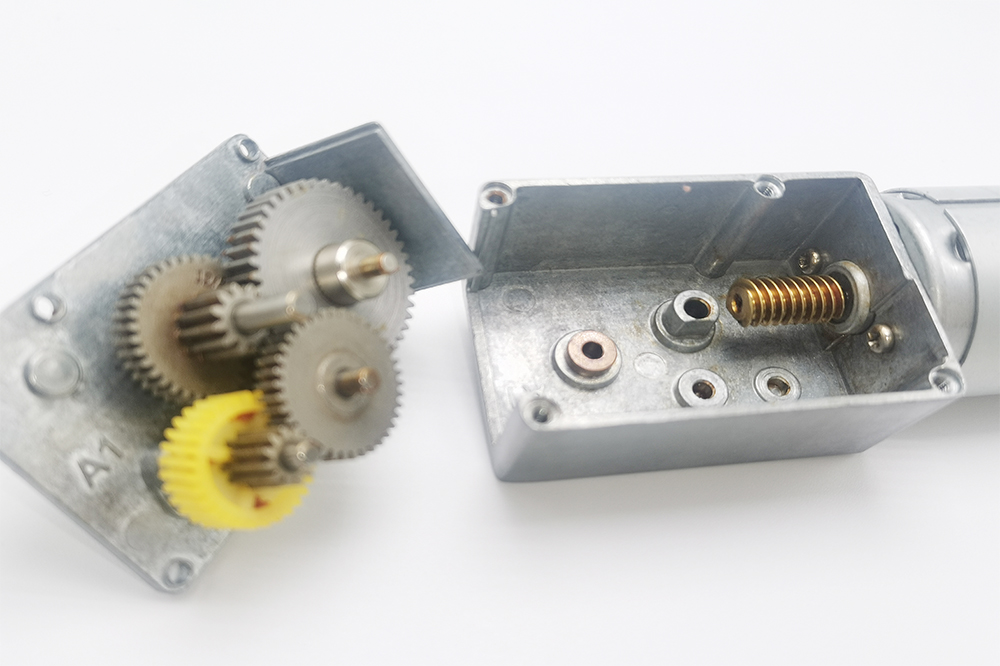
The self-locking feature of 24vdc worm gear motor is a perfect fit for machinery. This characteristic prevents undesirable backward movement under load, ensuring stability and safety in critical applications. Systems relying on the 24V Worm Gear Motor benefit from this inherent self-locking capability, adding an extra layer of security.
Despite the advantages of this piece of equipment which is useful across various application, disadvantages is also present. The drawbacks of the worm gear include reduced efficiency, a large package in design, and a relatively high fabrication cost.
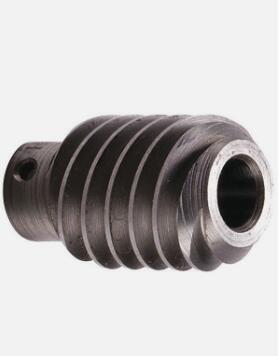
The huge thermal energy generated during operations results in energy loss and a negative on its efficiency. Depending on design intricacies and material choices, the efficiency of worm gears can range from 50% to 90%. Engineers working with the 24V Worm Gear Motor must navigate this efficiency spectrum to tailor solutions to specific applications.
The need for specific material combinations further complicates their production, contributing to elevated manufacturing costs. One notable drawback of DC worm gear motor 24V lies in their relatively high fabrication costs. The intricacies of manufacturing worm gears, with their unique helical design, contribute to the increased expenses. This aspect can impact the overall affordability of these motors, making them less cost-effective compared to alternative options.
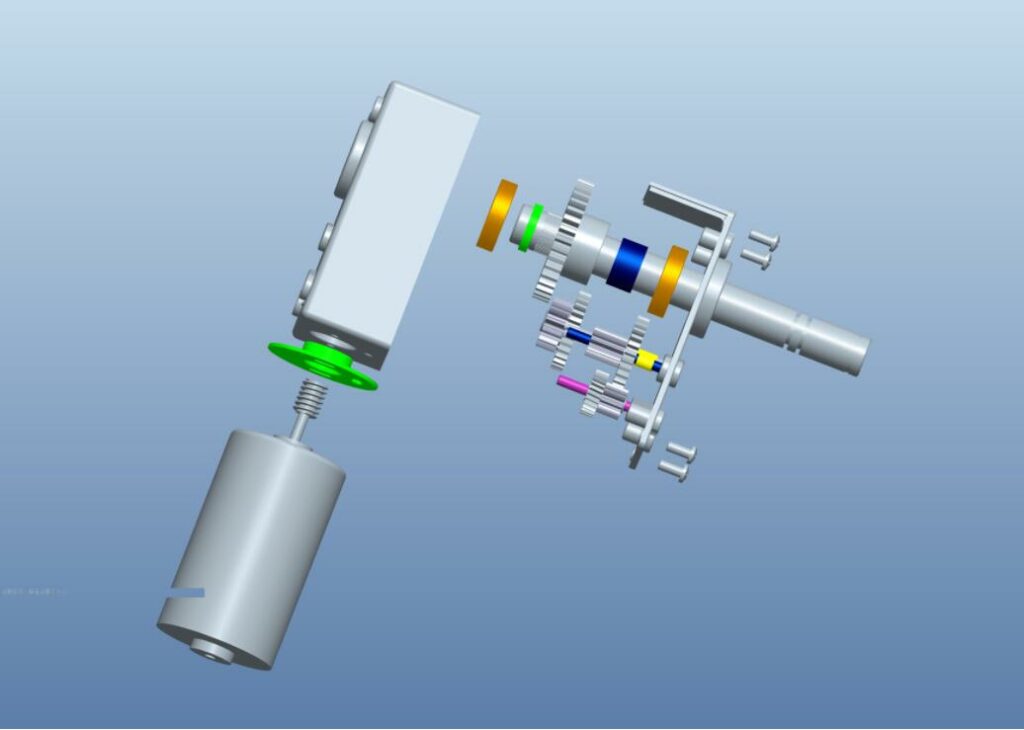
Effectively managing and dissipating this heat is crucial to prevent damage to the gear system. High-speed or high-load applications intensify the heat generation, necessitating sophisticated design considerations and meticulous maintenance practices. Engineers handling Worm Gear Motor 24V must implement strategies to mitigate heat-related challenges.
What is the Difference Between a Single-Start, a Double-Start, and Multi-Start Worm?
Now, let’s dive into the nuances of 24vdc worm gear motor between single, double, and multi-start worm gears, ensuring you’re equipped to make informed decisions.
Single-thread worm gears exhibit a unique design with a continuous helical thread encircling the cylinder. This configuration ensures robust torque capabilities at slow speeds, making them an ideal choice for applications prioritizing reliability and non-back drivability. On the other hand, 24vdc worm gear motor’s double-thread worm gears, featuring two parallel threads, introduce a dynamic that allows for faster rotational speeds but sacrifices some torque. This makes them suitable for applications emphasizing velocity over raw power, and their back-driven capability provides flexibility in motion. In contrast, multi-start thread worm gears, characterized by a shallow thread depth relative to a longer lead distance, engage more surface area in a single rotation. This design enhances efficiency, making them compelling for applications where optimizing energy usage is paramount, such as the swift closure of a plastic water bottle cap in one quick turn.
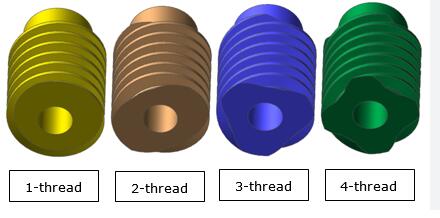
In applications where preventing ‘back-drive’ in a screw system, like a screw jack, is crucial upon the removal of holding force and the application of an axial load, a self-locking mechanism is often employed. A single start thread, with its shallower helix angle, creates increased friction between threads, effectively preventing slippage. However, in situations where self-locking isn’t necessary but a higher speed is desired, a multi-start thread may be utilized. This involves the creation of multiple thread forms on the screw shaft, such as double or triple start threads. These multi-start threads offer a steeper helix angle, reducing friction and making the system less likely to be self-locking. This results in a faster translation along the threads, allowing for quicker tightening compared to single start threads. In Kelston screw jacks, incorporating various multi-start threaded worm shafts expands the linear output speed range available.
The differences between single, double and multi-thread systems includes speed, torque, efficiency and reverse-driving capability.
Speed and Torque:
- Single Thread: Excels in high torque at slow speeds, making it ideal for applications demanding raw power, such as elevators.
- Double Thread: Offers faster speeds but at the cost of lower torque, suitable for scenarios prioritizing speed, like conveyor systems.
- Multi-Start Thread is the perfect choice for most application as it balances both speed and torque.
Back-Driving Capability:
- Single Threadof 24v dc worm gear motor : No reverse motion possible which is a trait valuable in applications where preventing reverse motion is crucial.
- Double Threadof 24v dc worm gear motor : Can be back driven, allowing for reverse movement. This capability is advantageous in certain types of conveyor systems.
- Multi-Start Threadof 24v dc worm gear motor: Retains the ability to be back driven, providing flexibility in applications requiring reverse motion.
Efficiency:
- Single Thread: Generally exhibits lower efficiency due to larger contact areas between the gear and the worm. This can result in higher friction losses.
- Double Thread: Offers higher efficiency, thanks to a smaller contact area, reducing friction losses. This makes it a more energy-efficient choice.
- Multi-Start Thread: Balances efficiency considerations, leveraging a shallow thread depth to minimize friction losses and optimize energy usage.
In summary, the choice between single, double, or multi-start worm gears depends on the specific demands of the application. Single and double thread gears cater to scenarios prioritizing either power or speed, while multi-start thread gears emerge as a versatile solution, offering a harmonious blend of torque, speed, and efficiency.
How Do You Increase Worm Gear Efficiency?
Why Are Worm Gears Inefficient?
Now, let’s uncover the secrets behind optimizing the efficiency of worm gear motor 24V ‘s worm gears, ensuring you’re armed with knowledge. As you navigate the realm of worm gears, it’s crucial to acknowledge their traditional efficiency challenges stemming from the dominance of sliding friction in gear meshing.
Factors Impacting Efficiency:
- Worm gear meshing characterized by sliding friction, leading to heat generation.
- Reduction ratio affecting lead angle, resulting in increased friction and reduced efficiency.
- Lubrication challenges due to sliding friction, requiring specialized compounds for effective lubrication.
- Envision additional friction losses from bearings and shaft seals, playing their part in the efficiency ballet.
However, you can increase the efficiency of a worm gear motor 24V by opting for more advanced materials in the manufacturing of the piece of equipment, using high grade lubrications specified by the manufacturer and combining with a helical gear (this is an alternative to multi-stage helical gears).
How Do You Increase Worm Gear Motor 24V’s Worm Gear Efficiency?
Let’s embark on an exploration of innovative methods to elevate the efficiency of worm gear motor 24V, providing you with valuable insights for your engineering endeavors.
Increasing worm gear motor 24V Efficiency:
Experimental Approaches: Research indicates the use of a special clip or nozzle in the engagement area of the worm and worm wheel, creating an isolated area of excess pressure for enhanced lubrication.
Impact on Lubricant Type: Experiments showed that using a special nozzle allowed for the use of lubricants with lower viscosity, reducing energy consumption and wear.
Results and Recommendations: Implementing these approaches reduced friction in the mesh, increasing both meshing efficiency and overall efficiency by 4-5%.
How Do You Remove the Backlash from worm gear motor 24V’s Worm Gear?
Concluding this blog piece, let’s delve into a critical aspect of worm gear motor 24V —“backlash”. The elimination of this phenomenon is pivotal for ensuring precision and reliability in your worm gear motor 24V system. Addressing Backlash in Worm Gears is essential, with a focus on understanding its origins, mainly arising from gear set backlash and worm bearing end play.
Embracing a Split-Worm Design proves to be a novel approach in mitigating backlash issues. This design incorporates a preloaded conical disc that effectively presses half of the worm threads against the gear teeth, eliminating both gear set and bearing end play backlash.
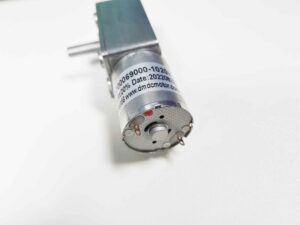
In real-world applications, the advantages of this design shine through. For instance, servo-driven zero-backlash worm gear units find efficacy in welding positioners, exemplifying the design’s ability to provide high repeatability and precision. Consider adopting such innovative solutions to enhance the performance and reliability of your worm gear motor 24V system.
Conclusion:
In the grand finale, the 24V Worm Gear Motor emerges as a versatile and powerful solution designed for various applications, with its worm gears as the unsung heroes at the core. Armed with a comprehensive understanding of worm gear design nuances, efficiency factors, and backlash elimination methods, you, as an engineer or designer, are now poised to make informed decisions, optimizing performance in the diverse industrial scenarios that await you.
